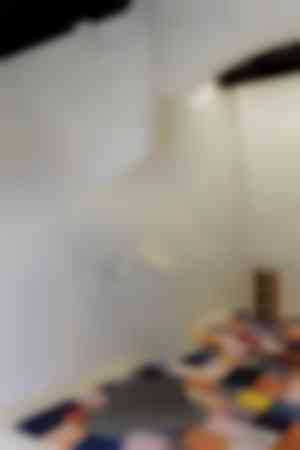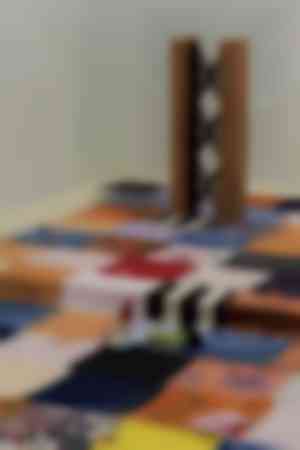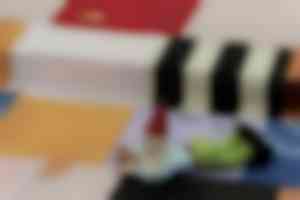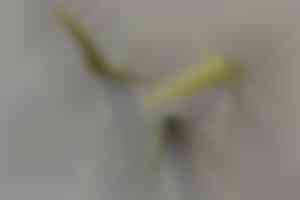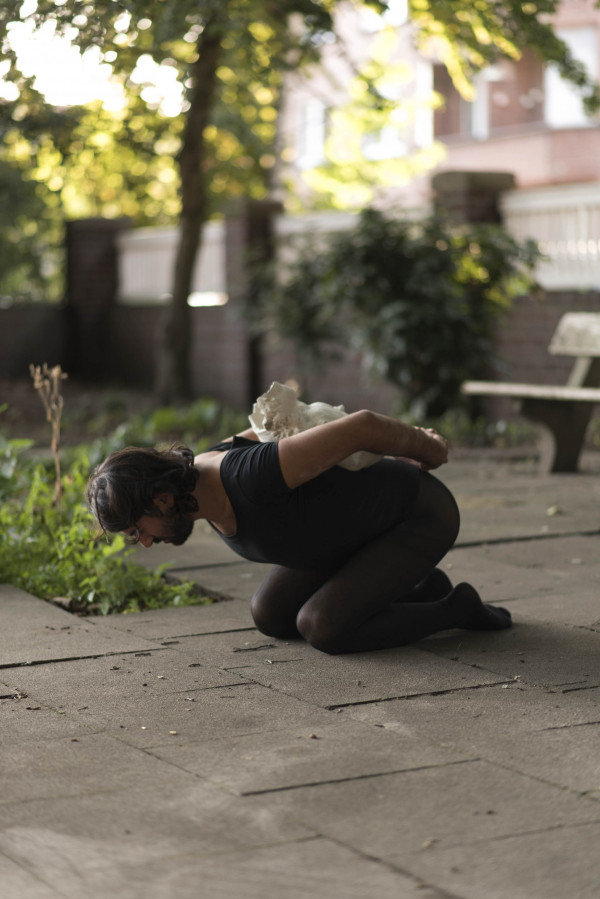16.–20.10.2019
Hannoversche Str. 85, über Gleis 3 & 4, 21079 Hamburg, Germany
Documentation from the exhibition Five in Fives #4 - hhintersection, curated by Rebekka Seubert in the Kunstverein Harburger Bahnhof in Harburg.
Participating Artists: Marvin Moises Almaraz Dosal, Shira Lewis, Hélène Padoux, Magnus Hvidtfeldt, Isamu Marsden, Line Lyhne, Gesa Troch, Yulia Wagner and Emma Wilson.
You can sit on it
By Emma Wilson, edited by Nina Kuttler
First things first: you can sit on it, in case that wasn’t already clear. This is not the first time the art of picnicking has been invoked at the Kunstverein Harburger Bahnhof. In 2012, Adrian Lohmüller carpeted the exhibition space with turf, opened the windows, and invited visitors to bring along their blankets for an indoor/outdoor picnic. Now, again, a picnic blanket is laid across the space, and you’re invited to sit - but this time we won’t open the windows.
Each week, different artists are invited to play sessions within the stage-like replica of an Eton Fives court by Fion Pellacini, making up the Five in Fives series set amongst the other permanent works of Hi Ventilation. The blanket belongs to this week’s contribution from hhintersection, an art mediation project started this year by students of HFBK, Hamburg.
A Warning to the Bunnies
Over the summer, participants created a garden to host events in, repurposing the tarmacked, former playground of an old school building now converted into studios by the arts university. The space was mostly empty, with only rubbish containers and a seldom used brick oven and fire pit. Poetry readings, performances, bonfires, and discussion groups made up the events schedule amongst the newly cultivated patches of earth.
The plants grew along the sunny border to the KS Polonia athletics ground and between the brick letters of a raised bed spelling out FLOWER POWER. In one spot, a few paving slabs were removed and the gaps filled with fresh earth and seeds - the perfect place for a gnome to recline.
“We are not gardeners” - a humble qualifier as shovels hit earth. There was mixed success, to be honest, with some plants taking to the gravelly soil better than others. Along the row of sunflowers, a few grew tall and even flowered - while others inexplicably remained short, headless stumps. And some - the fallen heroes - didn’t even survive the first onslaught by the bunnies before hastily erected fences could protect them.
Do you remember the first time you grew a bean in a jar? So many children must have done this science project, and watched the first root worm its way out into the cotton wool soil. The satisfaction is immense. But just as strong is the disappointment when you finally transfer it into the ground outside and the damned thing wilts and dies.
Anything which grows in the garden now can be claimed as success. A weed is only a weed if you don’t want it.
I'm ready, turn it on
Because of the size of the space watering has to be done in pairs, so each day weather reports and schedules are shared to see what needs to be done. The rolled up hose has to be dragged across the tarmac to the tap and unfurled between trees, benches, and other obstacles to reach the plants. During such a dry summer it really takes time to soak the ground, so that day’s watering duo are able to enjoy a leisurely catch up with each other over the sound of running water.
Now, as the garden takes its winter hiatus, hhintersection.net provides an online stage immune to seasonal change. But, just for this week, so too does the Kunstverein Harburger Bahnhof and Pellacini’s Eton Fives court. The garden is represented with works by those who were involved in its physical preparation and care, displayed on a collectively made picnic blanket used to soften the ground and gather audience members during outdoor events.
Do You Want to Wind or Guide?
Within this exhibition, the space the garden occupies is a corner of the world belonging to the tiny elite - or rather, a replica of it. The surfaces are a reproduction of the alcove created by two buttresses of the Eton College chapel, making a court in which to play Eton Fives. Never heard of it? Shame on you. The game is somewhat similar to squash, apparently, and played in doubles by hitting a hard ball against the angled walls with a gloved hand. A number of courts have been built across the world, mostly in private institutions, but you can now also play at a public sports centre in northwest London.
Eton College survives to the present day despite its basis on an antiquated system. The practice of skimming off society’s economic upper layer for separate education feels as if should belong to a bygone age. The spaces of the court and the garden seem to represent totally opposing things - one engaged in social opening, and the other in closing it down. But the actual game Eton Fives is accessible at a fundamental level; whacking a ball against a wall is familiar to so many childhood distractions, regardless of whether the wall in question was built in 1441 by order of the King or belonged to the side of your parent’s garage. By filling the space with a game, this particular little corner of exclusivity is inadvertently opened for everyone.
This exhibition invites further misuses with paintings that ruin the angle of the walls, distracting projections, sculptures to trip up players, and visitors who simply get in the way of the ball. A transformation has occurred, now more stage than court, and we sit looking out onto the rest of the space where a similar shift has happened here too.
Both the chapel buttresses and gallery walls hark back to the time of a global ruling class, sprawling out from transit points just like this one. Before being repurposed in 1999 and becoming what it is today, this hall originally sheltered first and second class passengers as they waited for their trains out of Hamburg. In use from 1897, a photograph of the hall at that time on display in the bar shows the tables were decorated with almost comically oversized tropical plants. Placed in the centre of each table, perhaps to provide a buffer against undesirable fellow travellers, are specimens collected on previous trips and brought back to encourage travel to far away lands. You, sir, may go anywhere you please.
There's a Klink in the Hose
Eton is an extremely overt example of exclusion. The walls around it are thick: the fees are high, the gender is singular, and the traditions are unrecognisable to the contemporary masses. This behaviour is old and we allow it. However, the Eton Fives court serves as a clear reminder that apparently infallible structures can be shaken by the introduction of a small cork ball and some new rules of play.
It might not be Eton, but the HFBK comes with its own accessibility issues, as does the exhibition space. A picnic blanket is made to be sat on, but in the open exposure of the gallery your confidence in that fact could be unsettled. It makes sense that hhintersection begins with the alteration of a space at home, to allow ideas to exist that might not usually find the room, to let them meet and interact. The project is at its beginning point, and as with the varying survival rates of the plants, some ideas will be more durable than others.
A strange loop has happened. The hall is filled with flowers once more and we’re waiting amongst them; picnicking, skating, reading. In many moments of this exhibition we are again encouraged to look beyond Europe, but this time in a different fashion, this time wondering if perhaps somewhere else we’ll find the little ball that changes the function of our existing space.
- Photos by: Michael Pfisterer, Kunstverein Harburger Bahnhof, 2019



